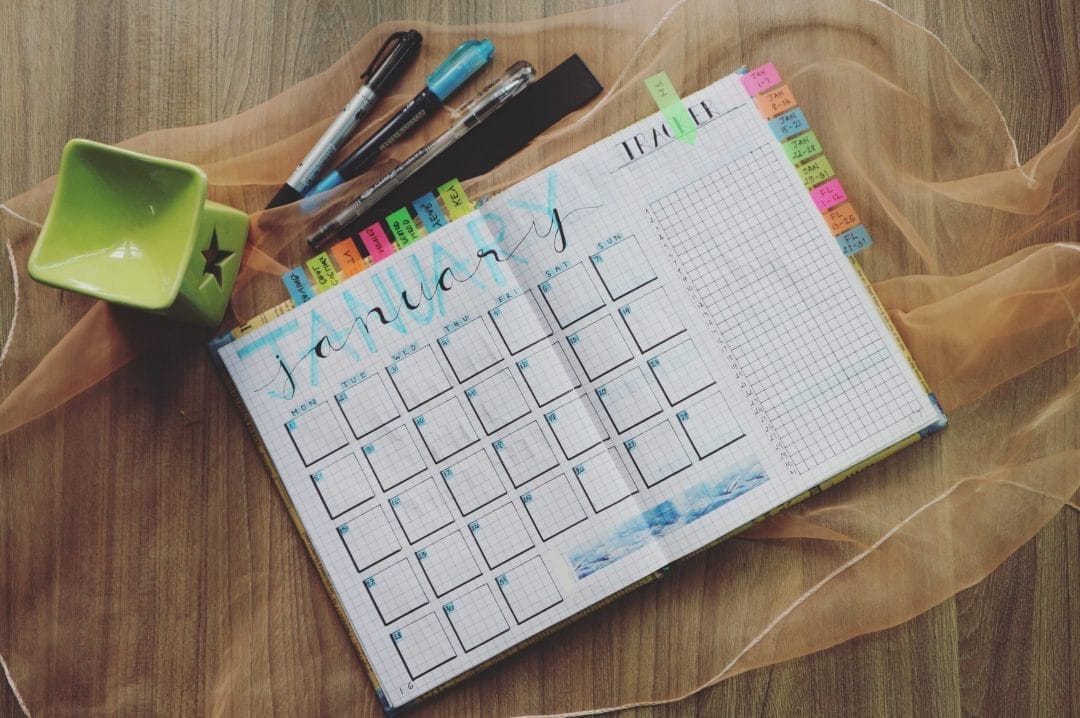The Ultimate Caregiver Training Checklist for Home Care Agencies
A home care agency is only as strong as its team of professional caregivers. Caregivers are the face of your operation and your throughline for consistent, compassionate client care. When new hires join your agency, they’re expected to uphold the fantastic reputation your other staff has acquired — but they may need some help first. Fortunately, caregiver orientation can do just that.
Caregiver orientation is the opportunity to onboard and welcome new caregivers to your team. Together, you can establish ground rules for patient care, company policies, and patient-specific information. More importantly, you can lay the foundation for a successful tenure at your agency. A proper caregiver training checklist can bolster caregiver confidence and improve staff retention.
When you equip new hires with a caregiver training checklist, you help them anticipate and prepare for your agency’s standard operating procedures. The more proficient new hires feel in their roles, the more likely they will remain on board. Discover how to properly train and retain your home care agency staff with this eight-step caregiver training checklist.
Caregiver Training Checklist: 8 Onboarding Items to Review with New Hires
Failure to review critical items with new hires, namely scope of care tasks and company procedures, can drive turnover in-home care agencies. In fact, inadequate training and orientation are to blame for 57% of caregiver turnover that occurs within the first 90 days of employment. Caregiver orientation should provide the knowledge and confidence to aid long-term caregiver retention.
Here are eight onboarding items to review as part of your caregiver training checklist.
1. Complete Onboarding Paperwork
Up first on a productive caregiver training checklist is to complete onboarding paperwork. This initial step will enable home care agencies to acquire the necessary information to place a new hire on payroll and determine eligibility to perform certain services. Depending on your operating location, the best place to start caregiver orientation may be with a new hire drug test.
Not all states require drug tests for home care agency staff; however, they can be necessary for caregivers administering medication or transporting clients. Once a drug test is completed successfully, a new hire can move to other onboarding paperwork, like license and training verification. Staff must have the applicable license if you operate a medical home care agency.
To round out this first step of your caregiving training checklist, provide your new hire with any additional paperwork they’ll be responsible for filling out. Common examples of onboarding paperwork to be completed upon hire include:
- Employment I-9 form
- Employment offer letter
- Employee contract form
- Direct deposit information
- Emergency contact information
- Client non-compete agreement
- Health insurance plan document
- Organizational chart and employee handbook
2. Review Employee Handbook and Job Description
Next on a caregiver orientation checklist is to review the employee handbook and job description with a new hire. The caregiver should have received these materials during onboarding with their initial employment offer letter and organizational chart. This is the time to review potential benefits, like health insurance and the paid time off (PTO) an employee can expect to accrue.
This is also the step of caregiver orientation to discuss essential company policies regarding dress code, communication expectations, and the signs of a quality caregiver. Review the job expectations and scope of care tasks together, taking time to confirm they understand their new roles and responsibilities. To bolster confidence in a new hire’s decision to work with your company, also take a few moments to discuss your mission and values and why you think the caregiver’s a great fit.
3. Discuss Company Policies
After you’ve reviewed the employee handbook with a new hire, it’s time to discuss company policies. Company policies define standard employee practices beyond the scope of care. For instance, you may emphasize the significance of patient rights within your company policies. Your agency may highlight the importance of patient confidentiality between caregivers and clients.
For certified nursing assistants (CNAs), you may want to use this time to refresh new hires on patient rights and data security under HIPAA. To further enhance patient safety, your CNA orientation checklist can include precautions against caregivers poaching your clients. Take this time to review the client non-compete agreement the new hire signed while onboarding.
4. Schedule Additional Caregiver Training
With paperwork and policies out of the way, the next step in your caregiver orientation checklist is to schedule any additional training for your new hire. This training can cover anything the caregiver will need to master specific to your home agency, from software to specialties. Standard caregiver training modules administered immediately after hiring include:
- Training for home agency software
- Training for effective home care scheduling
- Training for patient and family member communication
- Training for assisting patients with personal care and toileting
- Additional required certifications in healthcare caregiver skills
Considering that caregivers often do not have formal clinical training, it’s essential to cover the basics before sending a new hire into the field. You may want to implement training on infection control, especially as many senior care clients remain wary of COVID-19. Discuss the dangers of healthcare-acquired infections and offer training on standard precautions for caregivers.
5. Review Patient-Specific Information
Before a caregiver is ready to receive their first client, they must review patient-specific information. Provide each new hire with a breakdown of a typical care plan and daily patient schedules, such as the timing of meals and medication. As part of a CNA orientation checklist, review any specific medical needs of each patient they will serve.
Likewise, review any limitations or special considerations of a patient’s care setting. For instance, some clients may be severely immunocompromised. The best way to aid in caregiver understanding is to supply new hires with client management software that empowers them to study patient care plans and add new information, like client preferences or care goals.
6. Address Caregiver Concerns
By step six in your caregiver training checklist, your new hire will probably have a few questions. Before moving forward with their onboarding, allow time for the new hire to voice any concerns or queries. This is a great time to identify potential gaps in their skill set or call out aspects of your job description that could use some clarification.
As you work your way through caregiver concerns, consider the use of a caregiver management platform. Software designed to build and manage caregiver profiles allows you to keep track of your caregivers’ qualifications and workloads. Maintaining a bird’s eye view of caregiver details means you can instantly address concerns to eliminate barriers to long-term retention.
7. Establish and Review Caregiver Schedule
Once any lingering questions and concerns have been met, you can move to the next step of your caregiver training checklist. At this point, you’ll establish your new hire’s caregiver schedule. For the best chances of employee retention, it’s important to compose each caregiver’s schedule with their best interests and availability in mind. Consider using free downloadable templates, like an employee availability form, to determine each employee’s ideal schedule.
With an employee’s preferences in mind, construct a schedule that pairs each client with the caregiver best suited for the job. You can review and revise caregivers’ schedules at any time with home care scheduling software. Such software enables agency owners to swap shifts and approve changes that provide new hires with a more satisfactory schedule (and work environment).
8. Collect Feedback
Last but certainly not least, round out your caregiver training checklist by collecting feedback from a new hire at the end of orientation. Request their honest opinion of your onboarding process and ways you can improve your caregiver orientation checklist for future employees. Consider using surveys to help new hires grade the effectiveness of their recent onboarding experience.
With employee feedback in hand, implement changes where necessary to improve your processes. Remember, the ultimate goal of caregiving training is to encourage employee retention. The more you demonstrate to new hires that you care for and implement their feedback, the longer they’ll stay on board and the stronger your retention efforts will be.
Empower New Hires, Encourage Long-Term Caregivers
Employee retention is more than just a consistent staff — it’s a team that gets stronger over time. Every new hire is an opportunity to increase employee retention with the proper caregiver training checklist. With the above eight-step caregiver training checklist, home care agencies can bolster employee confidence, establish company standards, and create the foundation for long-term tenure.
If you’re curious about how to boost your home care agency staff, it’s time to discover what home care software has to offer. With pricing tailored to your needs, home care software can be customized to your number of active clients, so you pay for what you need and nothing more. Learn how to better train and retain caregivers with a free consultation today.



